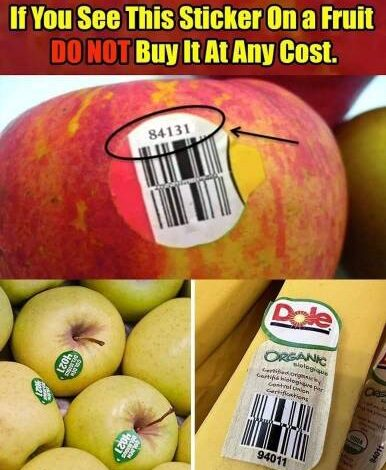
Fruit labels provide important information about how the produce is grown, helping you make more informed choices. Here’s a breakdown of the types:
- Conventional: These fruits have a four-digit code. They are grown using traditional farming methods, which may include pesticides and chemical fertilizers. While pesticide levels are usually within safety standards, some consumers opt for organic produce to avoid potential risks.
- Genetically Modified (GM): Fruits with a five-digit code starting with the number 8 are genetically modified. These fruits are engineered for traits like pest resistance and may be grown with pesticides. Some consumers avoid GM produce for personal or health reasons.
- Organic: Organic fruits carry a five-digit code starting with the number 9. They are grown without synthetic pesticides or fertilizers, supporting environmental sustainability and soil health.
When selecting fruits, consider factors such as:
- Pesticide Exposure: Organic fruits reduce pesticide exposure, making them a popular choice for health-conscious consumers.
- Environmental Impact: Organic farming supports sustainability by reducing chemical runoff, conserving water, and improving soil health.
- Supporting Local Farmers: Buying from local farmers, even those who aren’t certified organic, can help the local economy and ensure fresher produce, often with sustainable practices.
Understanding fruit labels allows consumers to align their choices with personal health, environmental concerns, and support for local agriculture.